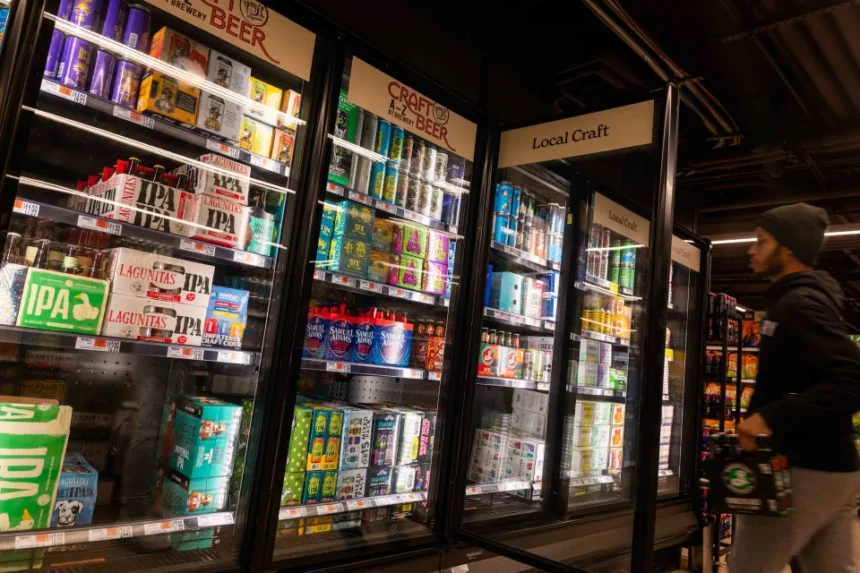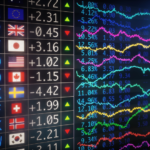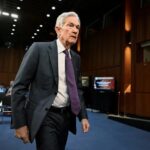Inflation was supposed to be slowing down by now. Instead, it’s hitting the gas.
The cost of living rose 3% over 12 months ending in January as measured by the Consumer Price Index, up from a 2.9% increase in December, the Bureau of Labor Statistics said Wednesday. It was the highest annual rate since May and blew past the expectations of forecasters, who had expected it to slow down to 2.8%, according to a survey of economists by Dow Jones Newswires and The Wall Street Journal.
The fourth month of rising inflation in a row highlighted how progress against the post-pandemic burst of inflation has stalled. Prices for necessities are still rising faster than the typical 2% annual rate before the pandemic. Increases in prices for housing, food, and gas drove the overall inflation rate upward.
What Does Today’s Inflation Report Mean For the Federal Reserve?
The unexpected January jump in inflation has implications for the Federal Reserve, which manipulates short-term lending rates to influence the economy and keep price increases under control.
Fed officials held the fed funds rate steady at their last meeting in January, keeping rates higher than normal in hopes of slowing the economy and pushing inflation down to 2%.
Higher inflation reduces the chances the Fed will cut rates (which would give some relief to borrowers on credit card and auto loans) anytime soon. According to the CME Group’s FedWatch tool, which forecasts rate movements based on fed funds futures trading data, the majority of traders don’t expect the Fed to make a rate cut until at least September. Those majorities strengthened after the report’s release.
The Fed’s policy committee meets again to set interest rates in March.
“We think the Fed is likely to remain in ‘wait and see mode’ for the time being and anticipate the Fed staying on hold at next month’s meeting,” Whitney Watson, global co-head and co-chief investment officer of fixed income and liquidity solutions at Goldman Sachs Asset Management, wrote in a commentary.
CPI Report’s Details Provide No Comfort
Prices rose 0.5% in January from December, the highest monthly inflation rate since August 2023.
Core inflation, which excludes volatile prices for food and energy, rose 3.3% over the year, up from 3.2% in December. Economists and policymakers look at “core” inflation measures when gauging the direction of inflation since food and energy prices can swing up and down from month to month. Rising prices for car insurance, recreation, used vehicles, medical care, communication, and airline fares all pushed core inflation up.
Price increases could get worse before they get better. Tariffs imposed by President Donald Trump could push up prices for items from China. Further tariffs against Mexico and Canada could raise prices for goods from those countries if they go into effect in March, as Trump has said they will. And most things made of metal could get get more expensive once Trump’s tariffs against steel and aluminum imports go into effect in March.
Source: finance.yahoo.com/








